Chris Lorenze Cabiluna, Sophia Pink Quidlat, Rhyan Panondiongan
Don't wanna be here? Send us removal request.
Text
Media Evolution and the Changing World: Its Implication to Communication and Education
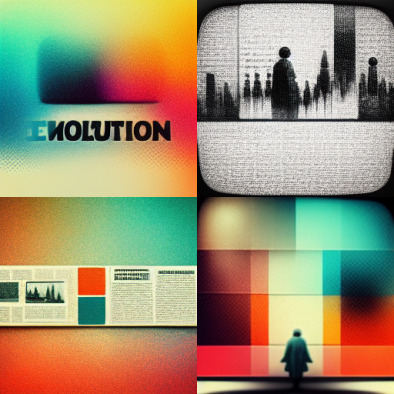
Writer: Sophia Pink Quidlat
Editors: Chris Lorenze Cabiluna & Rhyan Panondiongan
Media Evolution
According to Neuman (2010), researchers have acknowledged that the history of media dates back before even people existed. During these ancient times, communication was easily achieved since they did not convey complex information, until humans and their demands from cultural practices, technological advancement, and the need for mass communication in society.
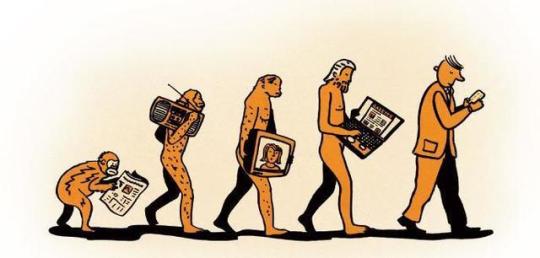
With new cultural practices, evolution, and civilization set in. Technological advancements that are gradually experienced throughout the planet also contributed to the change in conveying the message. The mass media were then introduced to reach a high number of people. This technology was overshadowed by the introduction of Television in the late nineteenth century. Television was however costly to many people until the late twentieth century. Advancement was made when an all-around color TV was available in the late twentieth century. Since then, television sets have continually advanced. Media evolution has continued to wonder about many on the planet.
How the media changed the World
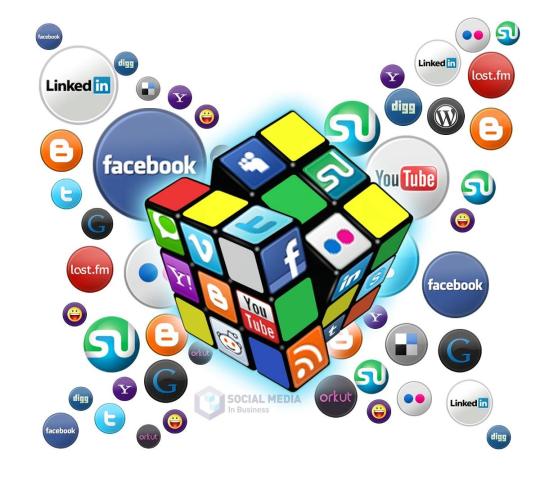
Billions of people around the world are increasingly using social media every day. Social media has been changing our world and transforming it into a community where people are increasingly sharing information, news, and media. It was thought that the growth in sharing would create a more open culture that would hopefully lead to a better understanding of the lives and perspectives of others. Growth in content sharing includes all things from personal celebrations and family albums to violent crimes and world issues. Thus, not only has the development of networks spanned borders and erased distances to increase our connectivity with one another, but it has also raised our awareness of political and social fissures.
Online posts via social media often agitate our fears rather than assuage our consciences. The Journal of Personality and Social Psychology reported a series of experiments in 2007, which found that «contrary to our instincts, the more we learn about someone else, the more we tend to dislike that person.» As we receive an abundance of information about others, we often focus on ways that they differ from us. This tendency to emphasize dissimilarities over similarities increases as we continue to receive more information.
The Implication to Communication and Education
Implication in Communication
Media defines communication and can deliver messages through any number of channels, including text messaging, social media, and, more recently, video conferencing. Around 3 billion people use social media today, which means that 40% of the world uses social media for communication. It’s no surprise that this widespread use has social media effects on communication. For better or worse, media is altering our interactions and perceptions of the world around us.
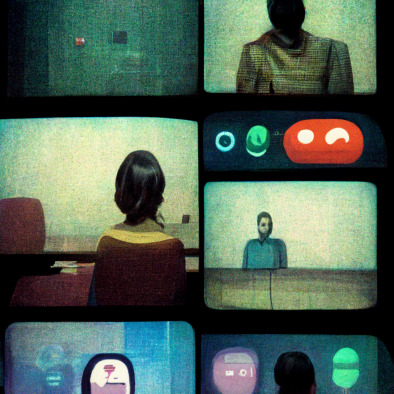
Communicating through video conferencing alters our perceptions, preventing us from engaging in facial mimicry and empathizing with others. The self-consciousness that can often arise during video calls can also distract from key communication signals, as we tend to spend more time staring at ourselves than anyone on the call.
Texting has become the gold standard of communication. However, texting could do more harm than good. Reducing interactions to a few choice words on a screen can lead to misunderstandings and curtailed conversations. Engaging in a text conversation doesn’t require us to make eye contact or consider another person’s thoughts and feelings. This is why consideration should be given to how we communicate with people outside of a string of text messages.
Our Communication style has, too, become affected; examples of this are the summarized way of writing, the use of abbreviations, and using emoji to illustrate a written message or GIFs to express a reaction.
Implication in Schools
When it comes to social media, schools tend to adopt different positions. It's a matter of practicability because it makes perfect sense to use the Internet to communicate with your students since they're already there most of the time.
With the advancements in technology, media can be used for teaching and learning purposes more than ever before. Media aids teachers in presenting information to students by engaging them more effectively than traditional methods while also providing many benefits to both students and teachers.
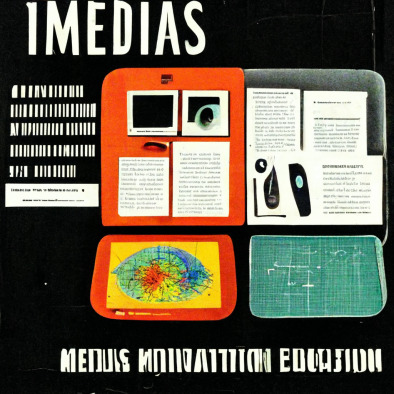
Media has a lot of benefits in both teaching and learning. The following are benefits of using media in education:
Using media engages students and helps keep their attention focused on the lesson
It Aids student retention of knowledge because it allows students to read, watch, or hear information multiple times in different contexts over time
Motivates interest in a subject
Illustrates the relevance of many concepts by showing how they apply to various aspects of nature and human society
Provides an opportunity for teachers to discuss issues pertinent to today’s world, such as cyberbullying or hacking
Increases the ability and proficiency of students in terms of critical thinking, writing, and communication.
The benefits of social media in the education process don’t have to stop at the teacher-student relationship. There are a lot of other benefits that can be extracted from using social networking at higher levels as well. For example, principals or administrators can find a new way to integrate social media. Like sharing school news via social networks, holding online meetings with the parents, or even starting fundraising for different projects.
References:
Picture References:
All other pictures used are AI-generated. Thanks to Midjourney, a text-to-image AI!
0 notes
Text
On Becoming A Medium: Gen-Z Individuals as Modern Communicators
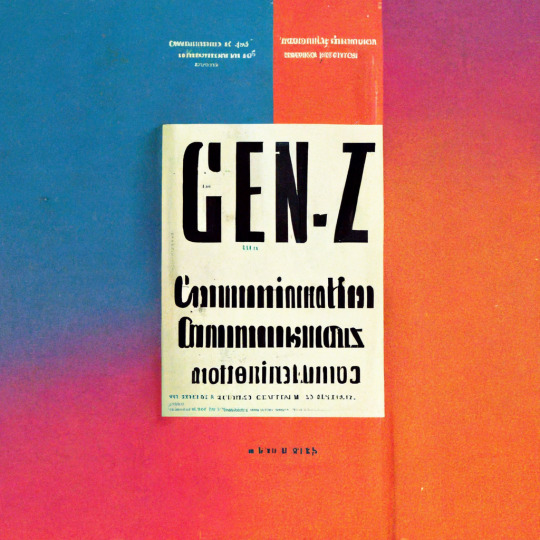
Writer: Chris Lorenze C. Cabiluna
Editors: Sophia Pink Quidlat & Rhyan Panondiongan
A digital native generation
To start with, Generation Z’s born in the mid-1990s up to 2012. They grew up along the fast advancements of technology, especially in communication technology that started from radio technology, to wired telephones, and to fast and user-interface friendly smartphones—resulting in them spending much of their lives in front of screens, which affected their communication preferences. One thing that separates them from the older generations is, they want an immediate, rapid response from whoever they’re communicating with on the phone.
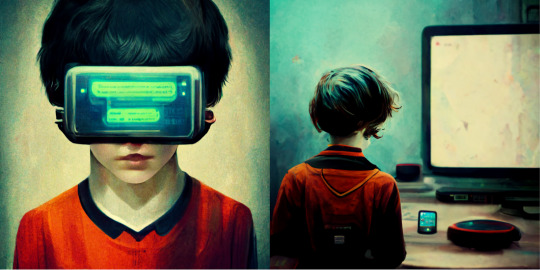
Though communication through text messages is common in this generation, with nearly 75 percent of respondents telling researchers that they would rather text than talk on the phone. Even though the majority prefer texting, 39 percent, according to data from LeadSquared– say that face-to-face communication is their preferred way to reach them.
Gen-Z: A collaborative, inclusive communicator and social media expert
With the generation growing up with technology, it is given that they are an expert when it comes to operating the internet. The internet is full of information, an abundance of information is scattered from every link and page available online. And this generation takes advantage of that available pot of gold to share or exchange information, thoughts, ideas, or news with each other. Making them, by definition, an expert in ‘communication’.
An abundance of information has its downsides such as misinformation and disinformation. While that still bugs the mind of this generation, inflicting huge fights online thanks to different views. This generation has learned to just accept diversity. Embracing the language variations that come back from totally different cultural, socioeconomic, and national backgrounds. Gen-Z’s can change their listening or talking to adapt to the needs of those around them because they were raised in a generation that celebrated differences. This is often a result of the abundant information online readily available for the generation to consume, transforming their beliefs and ideals into acceptable and inclusive ones.

The conclusion
In an era of information overload, messages have increasingly become image-based and signs, this can be observed especially in Twitter threads where exchanging GIFs, memes, and reaction videos are prominent. The social media language is becoming increasingly visual, but much less verbal. Your ability to communicate through images will be the key to your success in the future. This form of communication isn’t an entirely new concept. As visuals are also the way in which the brain processes information best.
Generation Z has the most access and knowledge to technology and has taken that advantage to develop their own way of communication.
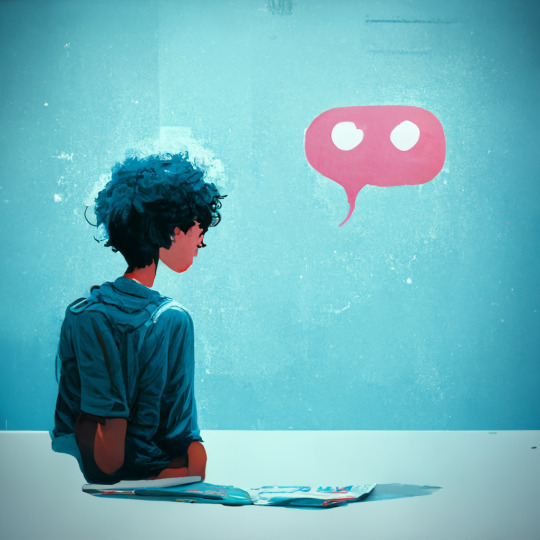
References:
https://www.liveperson.com/resources/reports/digital-lives-of-millennials-genz/
All images used are AI-generated. Thanks to Midjourney, a text-to-image AI!
1 note
·
View note